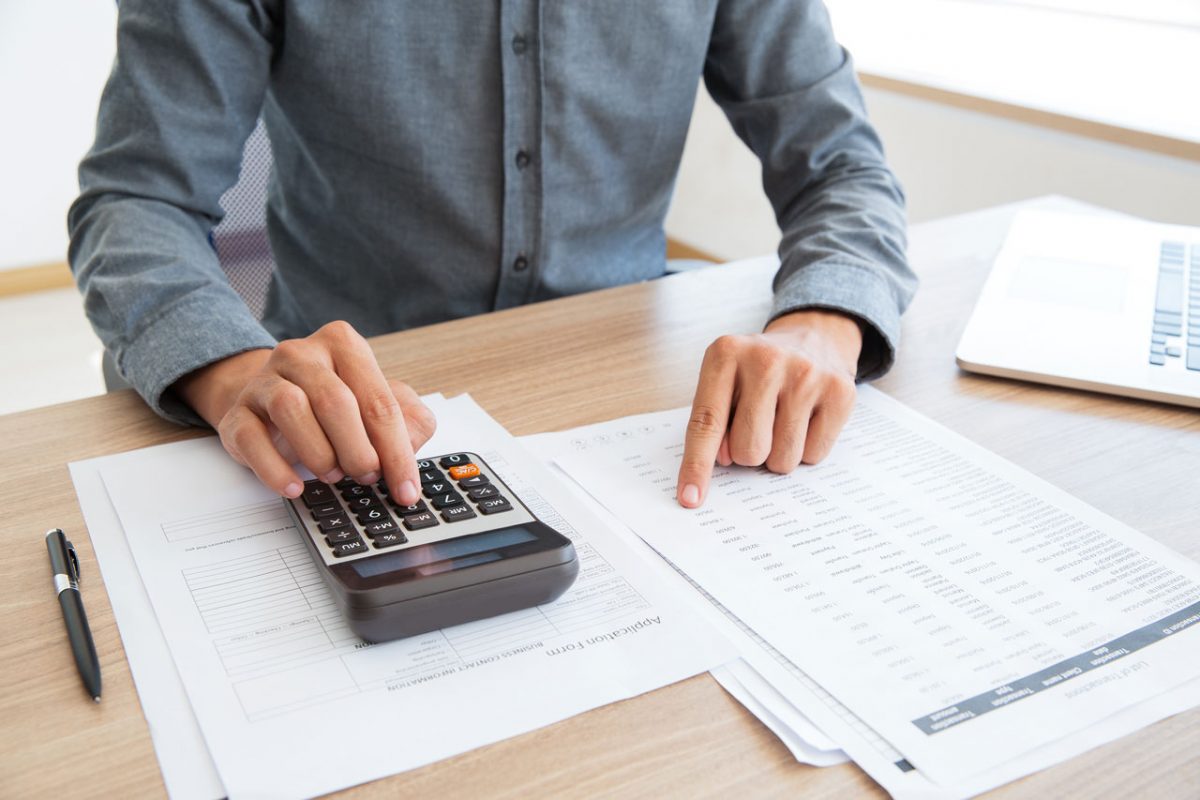What is the aim?
- To bring the LPP regime in line for both VAT and income tax.
When will the new penalty regime start?
- For VAT – accounting periods beginning on or after 1st April 2022.
- From an income tax perspective, for those self-employed and property landlords who will be caught by Making Tax Digital for Income Tax Self-Assessment (MTD ITSA) – Accounting periods beginning on or after 6th April 2023.
- For those remaining taxpayers still caught up within the SA Return system – Accounting periods beginning on or after 6th April 2024.
How will the new LPP system work?
- There will be two potential penalties – known as the first and second penalty.
- The taxpayer can enter into an agreed time to pay arrangement with HMRC that will stop penalties accruing from that day onwards, as long as they honour the agreement.
How does the first penalty work?
- If the tax is still outstanding 15 days after it is due, then a LPP of 2% of the tax due will be charged.
- If the tax is still outstanding 30 days after it is due, then a further LPP of 2% of the tax due will be charged.
How does the second penalty work?
- If the tax is still outstanding 31 days after it is due, then a penalty will accrue on a daily basis at a rate of 4% per annum.
Example of how it will work
- Nathan owes £10,000 in tax and fails to pay by the due date and has still not paid 40 days on from there.
- On day 40 he enters into a time to pay arrangement with HMRC.
- Nathan has already incurred the 4% first penalty of £400
- He has already incurred the second penalty, at a daily rate of 4% per annum, for the 10 days which has accrued up to day 40. In his case a further £11 (approx.).
- This second penalty stops accruing at this point as Nathan has entered into a time to pay agreement.
When can the LPP be avoided?
- By paying the tax due within 15 days of the due date.
- If the taxpayer has a reasonable excuse for the late payment.
- The taxpayer can ask for HMRC to review the LPP imposed.
- The taxpayer can appeal to the courts against the LPP.
- HMRC will take a light-touch approach in the first year of operation of the new system under both VAT and MTD
- In the first year, HMRC will not impose the initial 2% penalty as long as the taxpayer has either, paid the tax within the first 30 days it was due, or they have approached the Revenue to enter into a time to pay arrangement within that same period.
Important to note
- On top of the LPP, interest will be charged on the outstanding tax from the due date until it is finally paid.
- The interest will be charged at a rate of 2.5% above the Bank of England base rate.
- Where the taxpayer has overpaid, the repayment supplement will be 1% below the Bank of England base rate (with a minimum rate of 0.5%).
- This should not be confused with the new HMRC late submission penalty regime, which is coming in at the same time.
Tip
- If you believe you are not in a position to be able to make the tax payment, don’t leave it until the last minute to contact us or HMRC to reach a time to pay agreement.
- By entering into discussion early with HMRC you have a chance to mitigate the size of any penalty or even prevent a penalty arising in the first place.
If you wish to discuss the New HMRC Late Payment Penalty Regime or other issues
please do contact us.

